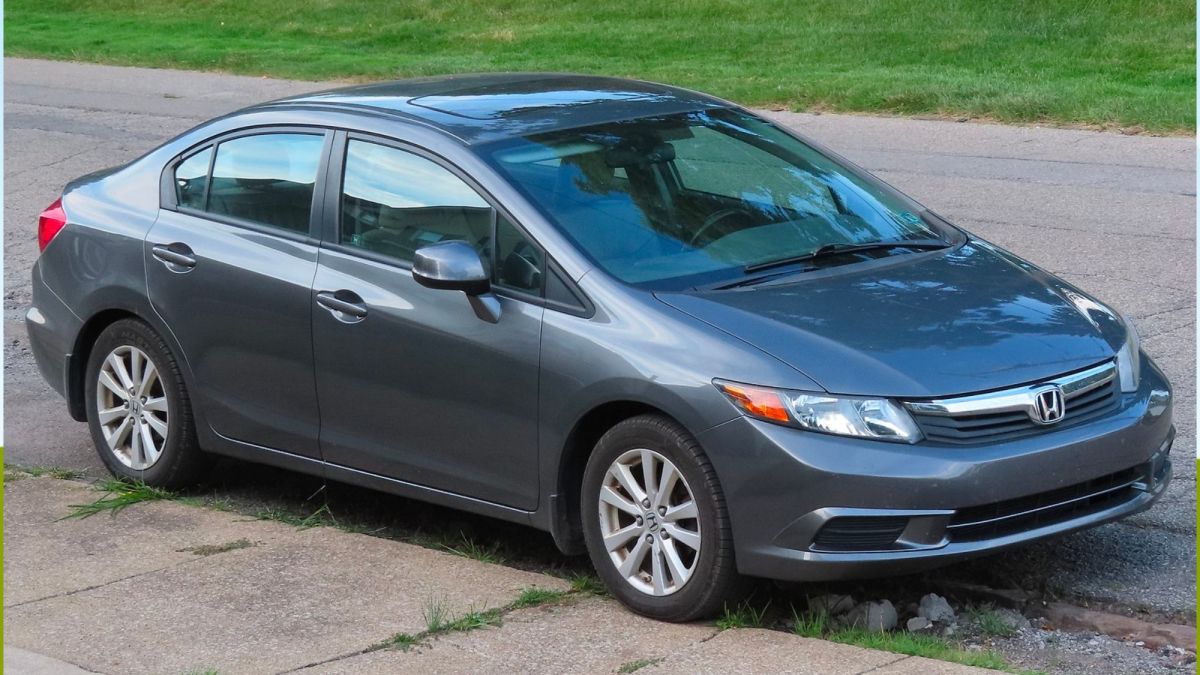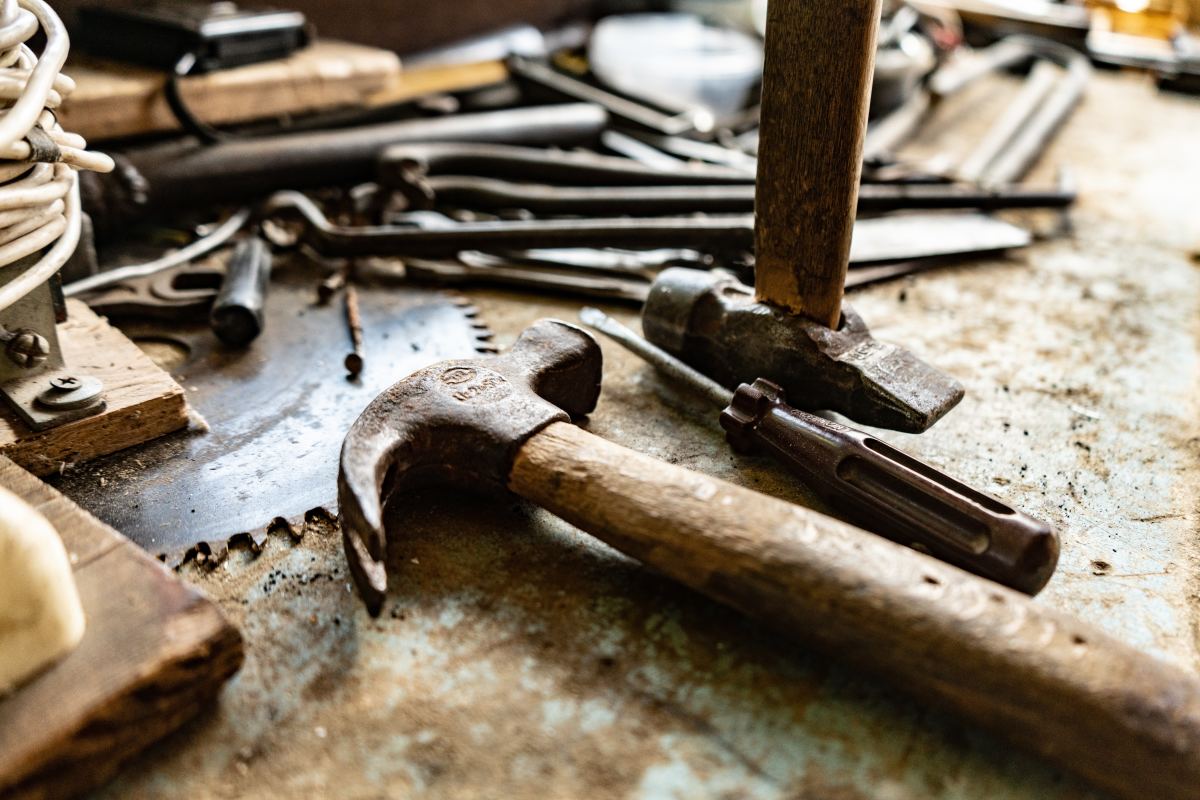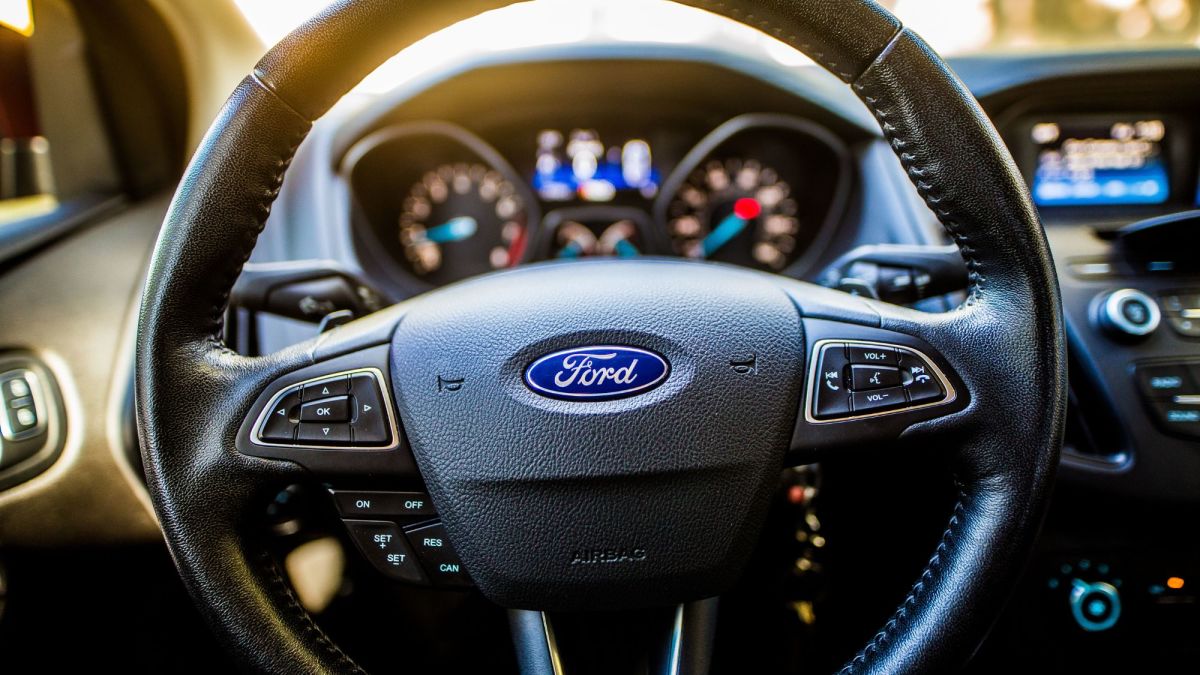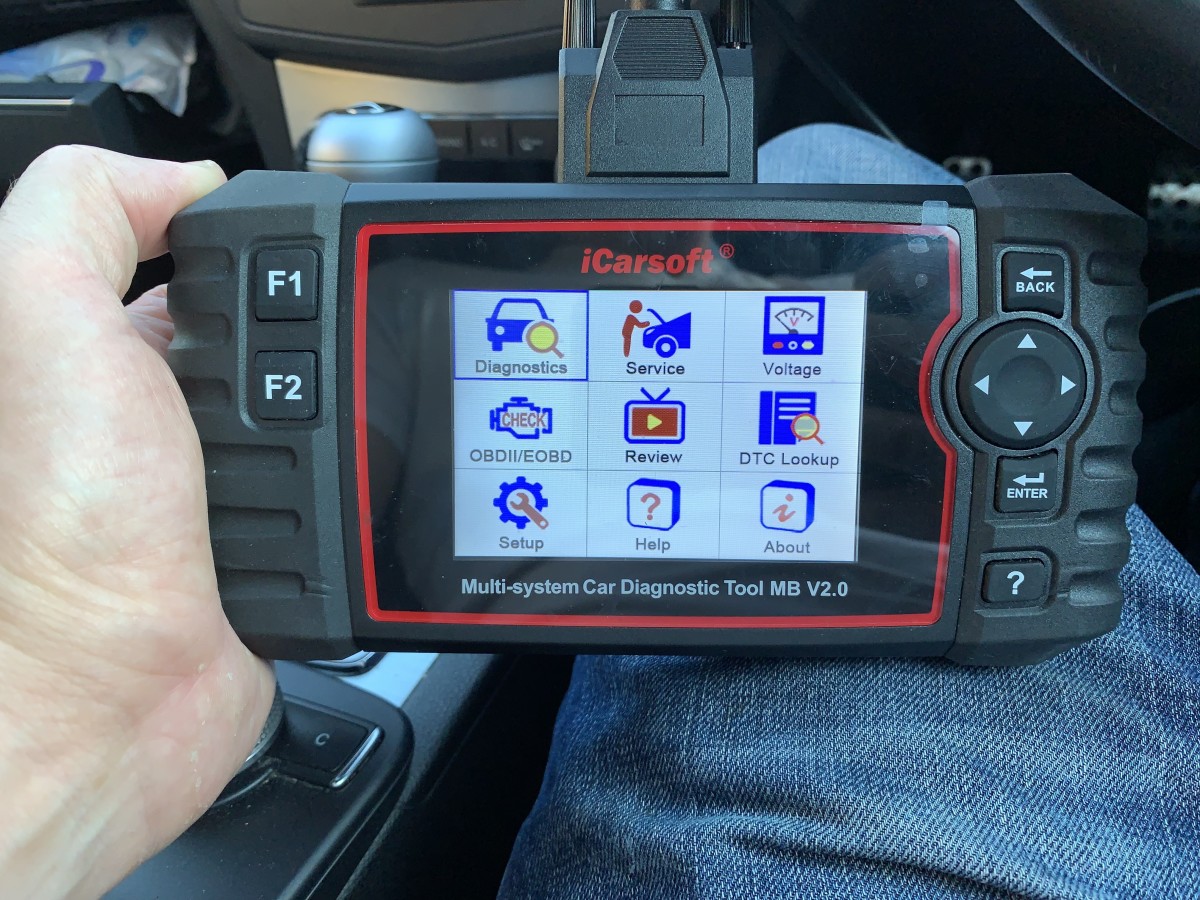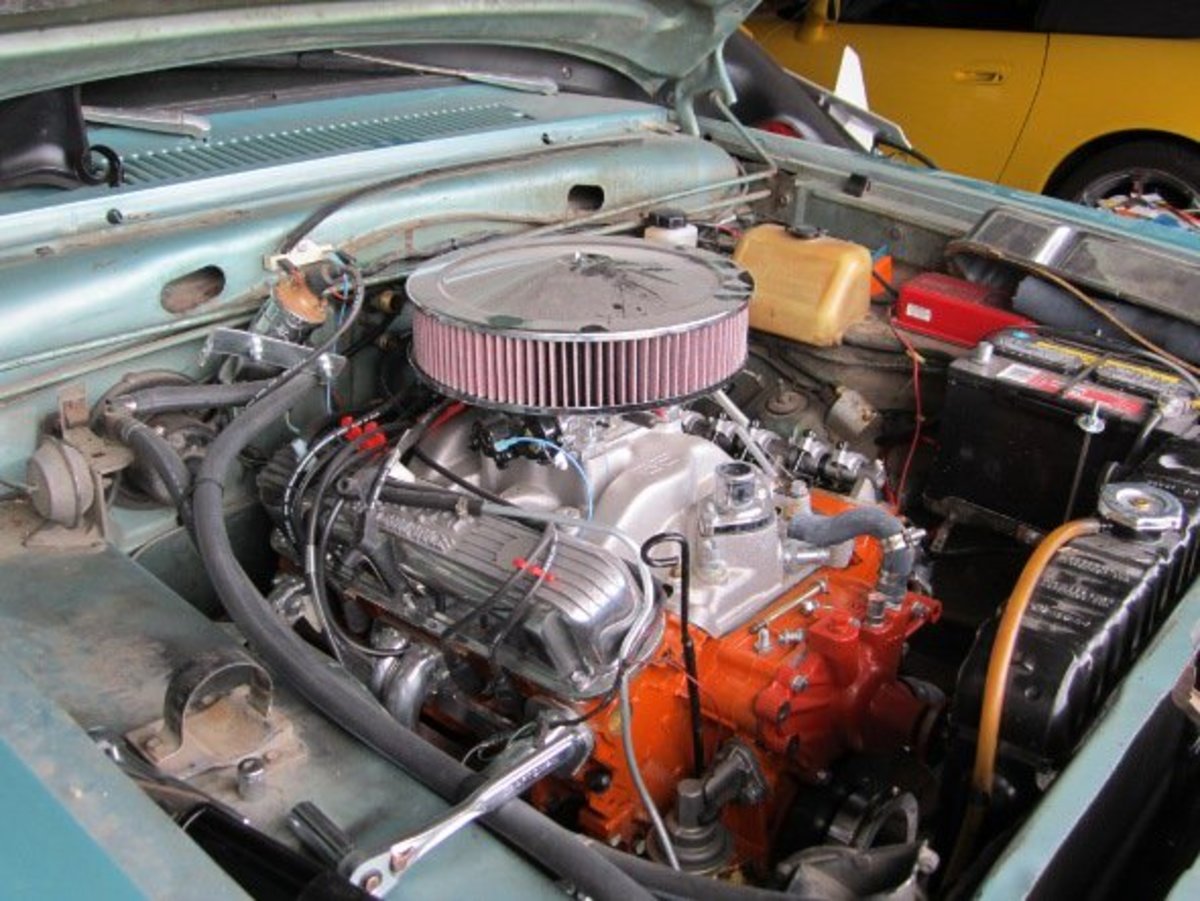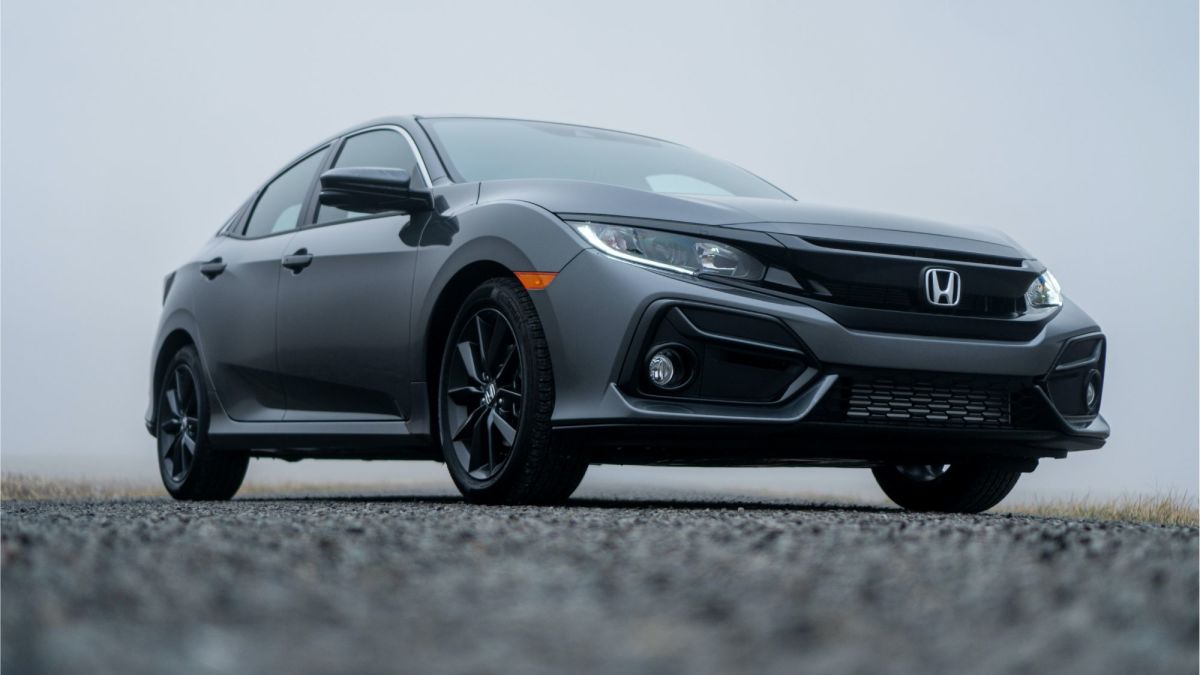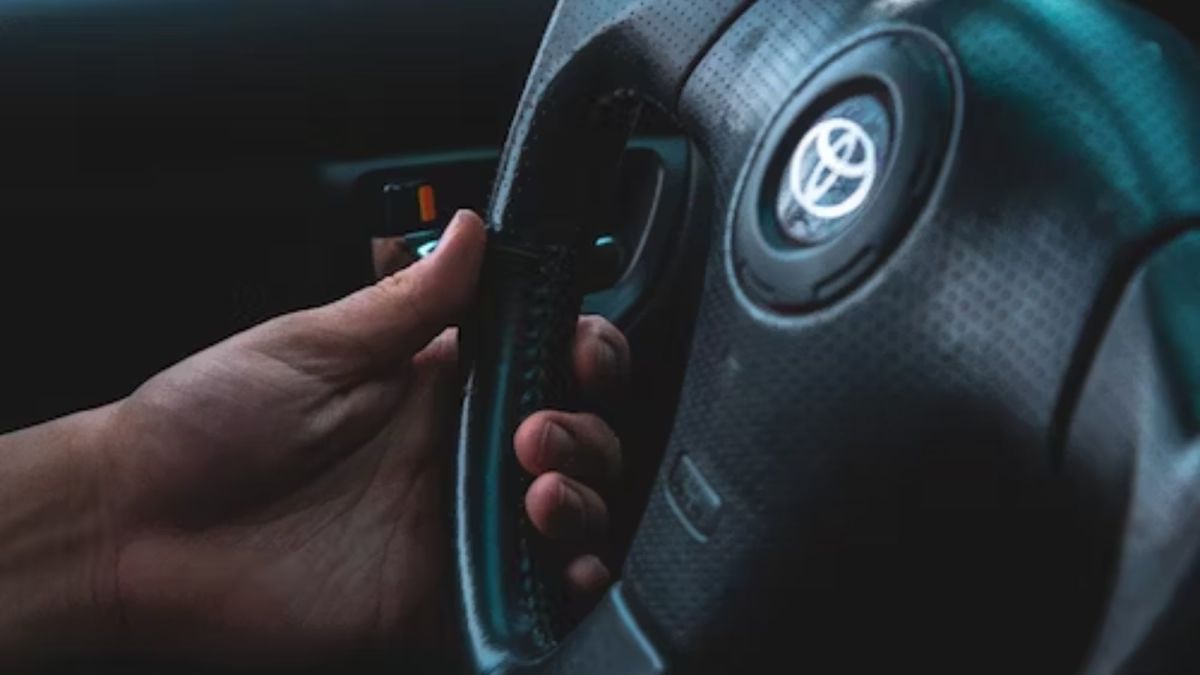Fixing a leaky steering box on a 2000 Jeep TJ
If you own an older Jeep like me then you'll know what I'm taking about when I say I have a leaky steering box. Sometimes you'll find yourself going through more power steering fluid then gas! What causes this leak? And more importantly, how can you fix it?
Well, if you wheel or off-road your jeep, then she takes a lot of abuse, especially if you have over sized tires. However, even if you have a stock Jeep and baby it every day, it will still suffer from wear and tear. One of the biggest fail points on the steering box is the lower seals. This lower seal (when working) stops pressurized power steering fluid from leaking out around the pitman arm. With time this seal fails and needs to be replaced.
How do you know when you have a problem?
For starters, you have a small oily puddle under the vehicle's front driver's side. If this problem persists then you will run out of power steering fluid and you will hear a loud humming sound coming from the power steering pump. This will be more noticeable when you turn your steering wheel. CAUTION, YOU ARE OUT OF FLUID! You MUST refill it NOW! Or you will burn out your power steering pump. Another problem you do not want.
What should you do?
The best thing to do is start with an inspection of your power steering box. Grab a rag and wipe down everything steering related. Clean the box, the pitman arm, the hoses, everything. You will need everything clean so you can pinpoint the source of the leak.
Inspection
Once everything is clean, take a careful and slow look from underneath at the top of the steering box. You will want to look at the following:
- Check the hoses going in and out of the box.
- Check the upper seal and input shaft.
- Check the lower seal and pitman arm.
Where is the leak coming from?
Lets start at the easy fix first. The hoses. If you find the leak coming from the hose, you have two options, replace the hose or add a hose clamp. If it's just not tight enough, then a $1 hose clamp from Canadian Tire will solve the problem.
If the leak is coming from the lower seal (a very common problem), then a $14 lower seal kit from Part Source is your best bet.
If the leak is coming from the upper seal....then most likely your barrings are going and it's time to replace the steering box. Don't feel too dishearten, this isn't a death sentence. Now you have two choices, replace with a stock box or better yet...replace with a beefier one. Let's face it, if you own a Jeep that goes off-road, then you and I both know the real answer. Now you can purchase an after market steering box that is perfect for the job, at twice the price, or you can do what a lot of off-roaders do. Replace it with a Dodge Durango steering box. Don't worry, it isn't as crazy as you think. The 1998-99 Dodge Durango steering box fits the 2000 Jeep TJ without any modifications and better yet, its beefier than the stock TJ box. This is more important when you have bigger tires and the steering box is under more than normal stress.
The fix
Ok, the first few steps are the same if you are replacing the lower seals or the whole steering box. For this job you will need the following tools:
- A bucket (to catch the fluid that will drain from the box and lines)
- A pitman arm puller (many places rent/loan this tool out)
- 33mm socket (for the pitman arm retaining nut)
- A set of open end wrenches (to remove the in/out fluid lines)
- A set of sockets and socket wrench
- A torque wrench
Optional Tools (these will just help to make life a little easier):
- Needle nose pliers (to remove the tie rod retaining cotter pin)
- Hammer (to help with the removal of the tie rod end)
- A marker (to make the position of the input shaft)
- A tie down strap (to hold the steering wheel in position)
- A buddy to help out
Step one - Removal of the old steering box
This step is common to the replacement of both seals. During this step you will remove the steering box and drain all fluids.
- Make sure the wheels are straight.
- Use the tie down to secure the steering wheel from moving (I loop the tie down through the steering wheel and under the drivers seat)
- Remove the tie-rod end from the pitman arm
- ------Remove the cotter pin from the castle nut with the needle nose pliers (try not to destroy the cotter pin because you will have to use it again)
- ------Remove the castle nut from the tie-rod end
- ------Remove the tie-rod end from the pitman arm by tapping the side of the tie-rod end with a hammer (DO NOT hit the threaded rod, you will damage it and be forced to replace it too)
- Mark the position of the pitman arm in relation to the steering box with a marker
- Remove the pitman arm from the steering box
- ------Remove the pitman arm retaining nut using the 33mm socket
- ------Using the pitman arm puller tool and a socket wrench, tighten the tool and remove the arm from the master spline
- Using the socket set, remove the three bolts on the right side of the steering box
- Carefully lower the steering box and using the open end wrench, remove the in and out fluid lines NOTE Have your bucket ready, as power steering fluid will leak out (this is where the job gets messy)
- With the socket set, remove the retaining bolt from the input shaft at the top of the steering box. This will free the box for repair/replacement.
Step 2 - Replacing the lower/upper seals
This step is only for the replacement of the seals. If you are just swapping out the steering box, then skip this step.
In the package the o-ring comes in, it has an exploded view of the steering box. This is very helpful when taking it apart. Make sure you refer to it as needed.
- With the steering box removed from the Jeep, unbolt the four bolts on top of the box. Do not remove the center bolt as this is an adjustment screw.
- Lift the top plate and carefully remove the pitman arm shaft. Try not to rotate or move the center shaft.
- Remove the "c" clamp at the bottom of the shaft.
- Remove the old rubber o-ring.
- Replace the lower o-ring and reassemble.
- Replace the pitman arm shaft and re-bolt the upper plate.
Step 3 - Replacing the steering box
This step is common to both swapping and seal replacement, except for the first step.
When replace the steering box with a Dodge Durango box, you must remove the pitman arm off the Durango steering box. The pitman arms of both units are not the same. You must use the Jeep's pitman arm only.
- Clean the new/repaired steering box (make sure the bolt holes and splines are clean)
- Line up the upper spline with the steering input shaft. Note the upper spline is keyed and the input shaft will only fit in one way. The input shaft should be fully seated on the upper spline before you tighten the retaining bolt.
- Re-install the fluid lines. The larger input line is installed in the lower/forward port. The return line is installed in the upper/rear port.
- Line the steering box up with the three bolt holes on the side of the frame. Tighten all three bolts at the same time to avoid the box from twisting and getting misaligned.
- Replace the Jeep pitman arm (not the Dodge Durango arm) on the lower spline. Notice the spline is keyed every 90 degrees. If the steering wheel hasn't moved and is still centered, then the pitman arm should face towards the back of the Jeep. Otherwise, you will have to center the steering wheel first.
- Re-attach the tie-rod end to the pitman arm and tighten the castle nut. Make sure the castle nut lines up with the hole in the tie-rod stud. Once aligned, feed the cotter pin through and bend it around the nut so the castle nut doesn't loosen.
- Once everything is tightened up, refill the steering pump with new fluid (don't reuse the old stuff).
- Start the Jeep. You'll hear a humming sound from the pump, that's ok. With the pump lid on, turn the wheel a few times to the left and right, then check the fluid level and top up as needed. The humming sound should go away as the air is released from the lines.



